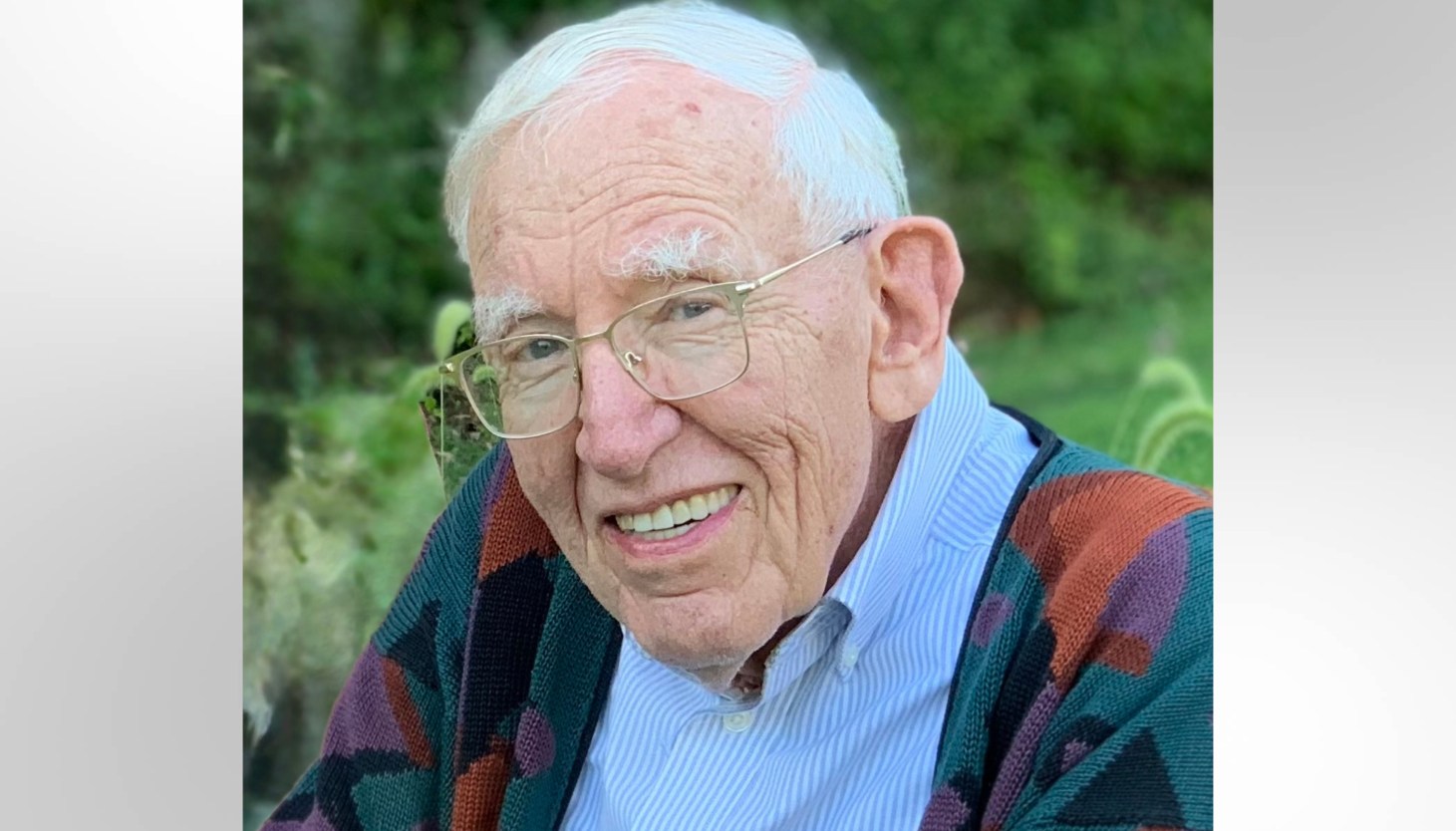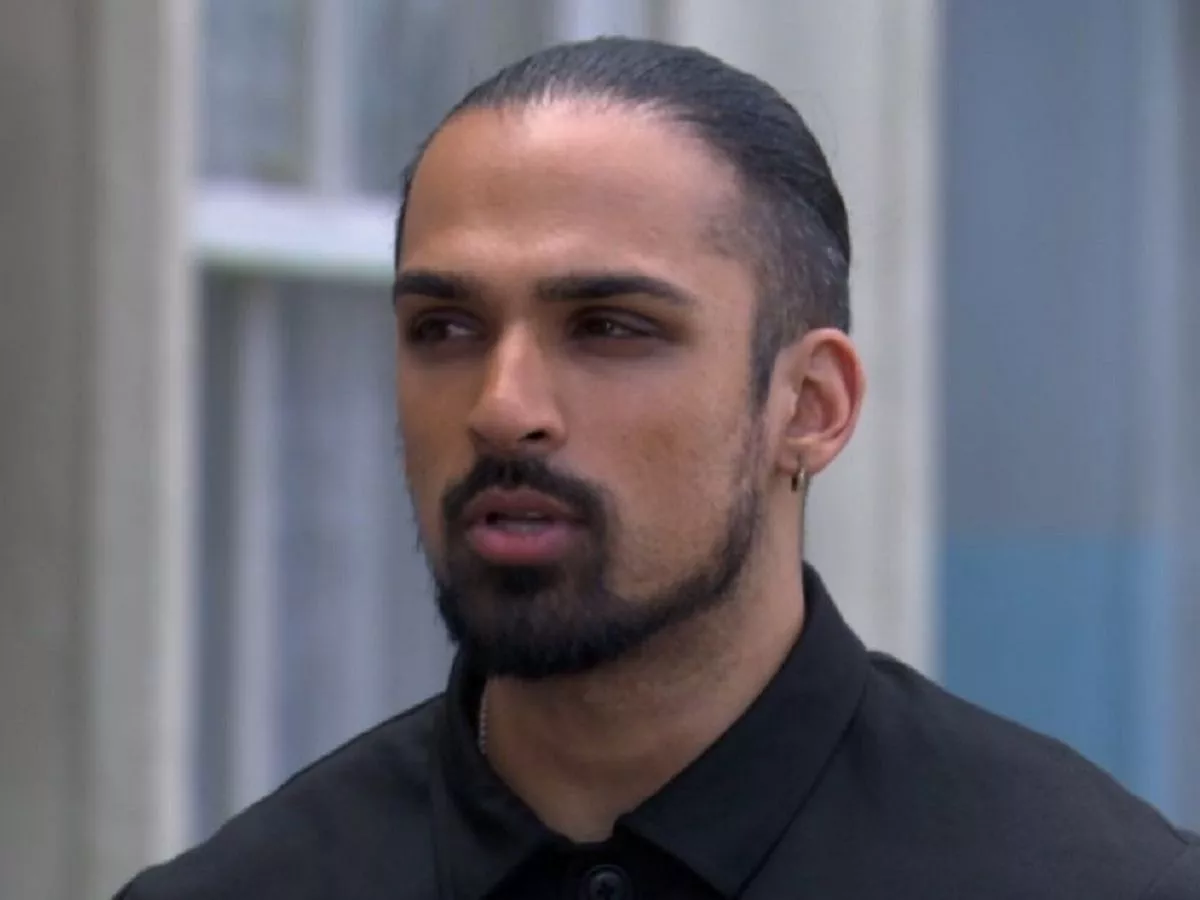
Bruce Sagan, who died Sept. 21 at 96 following a battle with cancer, left a significant mark in the worlds of Chicago journalism, theater and dance.
He built one of the country’s largest community newspaper groups, which, when he sold it in 1986, included nearly 30 papers that had a combined circulation of more than 400,000, with the Daily Southtown (formerly known as the Southtown Economist) as its flagship.
He spearheaded the push to create a permanent home for Steppenwolf Theatre, which opened on Halsted Street in Lincoln Park in 1991.
He also helped lead an effort to relocate the Joffrey Ballet from New York City to Chicago in 1995 and oversaw the creation of the dance company’s permanent home on Randolph Street.
Former President Joe Biden awarded Mr. Sagan the National Medal of Arts last year at the White House.
Mr. Sagan, who was known for wearing bow ties and cardigans, died at his home in Streeterville with family by his side.
He was born Feb. 1, 1929, in New Jersey to George and Esther Sagan, Jewish immigrants from what is now western Ukraine.
His mother was a homemaker, his father owned a company that made coats for girls. His cousin was the astronomer Carl Sagan.
Mr. Sagan attended the University of Wisconsin before transferring to the University of Chicago where he wrote for the student newspaper and briefly studied law before realizing school wasn’t for him.
He dropped out and drove a cab, and worked a late shift on a V8 juice assembly line in a Campbell’s Soup factory.
He also worked as a copy boy at Hearst’s International News Service, then as a reporter for the City News Bureau, known as the boot camp of journalism, here he covered everything from shootings to City Hall, witnessed an electric chair execution and owned a trench coat that reeked so badly of fires he’d covered that his first wife, Judith Sagan, wouldn’t let him keep it inside their South Side apartment.
In 1953, at age 24, Mr. Sagan borrowed $2,500 from friends and family and bought the Hyde Park Herald, the city’s oldest community newspaper.
The paper covered a neighborhood confronting racial change, housing discrimination and urban renewal.
In 1958 he borrowed a much larger sum from his father to purchase the Economist Newspaper Group — a chain of papers serving mainly the South Side and south suburbs.
“His father didn’t think it was a good idea at all so he loaned him the money, but with interest, to teach him a lesson. But my father paid it all back with interest,” said Mr. Sagan’s son Paul Sagan.
“His father thought he should be making winter coats in the family business, but that was not something my dad wanted to do.”
At his South Side printing facility, Mr. Sagan was an early adopter of new printing technology that made it easier to and faster to print not just his newspapers, but a number of other publications, too, a client list that expanded in the 1980s to include the New York Times.
Mr. Sagan was known for his frugality and practicality.
His bow tie became a signature look because it was easy to stuff in his pocket and tie around his neck in a jiff for meetings.
He wore black gym shoes that suited his bad hip and were a reasonable enough facsimile of dress shoes.
He drove very average-looking Fords or Chevrolets, except for a brief fling with a used yellow Corvette that turned out to be a lemon.
Former Daily Southtown columnist Phil Kadner said that on his first day on the job he mistook Mr. Sagan for a janitor because he was shoving desks around the newsroom.
His office was sparse and featured chairs salvaged from Chicago Public Schools. At company picnics Mr. Sagan would bring buckets of fried chicken and play softball with much younger employees, Kadner said.
“He was brought up by immigrants who came from nothing and lived through depression,” his son said. “He’d rather spend money or donate money on the arts, which he just always had a great appreciation for.”
Mr. Sagan sold his business to Pulitzer Publishing in 1986 for $40 million and worked for two years as an executive for Pulitzer overseeing the newspaper chain he’d just sold.
But he remained the owner of the Hyde Park Herald.
It’s where political strategist David Axelrod got his start in December of 1973 at age 18 as a political columnist.
Axelrod, in a call with the Sun-Times, said the opportunity “paved a foundation for my whole career…I’m eternally grateful.”
Axelrod, who still has a clip of the first column he wrote, said he planned to reach out to former President Barack Obama, who was traveling overseas, to make sure he’d heard of Mr. Sagan’s death.
The Herald is where then State Senator Obama wrote about happenings in Springfield in the paper’s op-ed section. Mr. Sagan later became a supporter of Obama’s successful presidential run.
In 2022 Mr. Sagan stepped back as owner and publisher of the Herald after combining the paper with the South Side Weekly under a nonprofit structure.
Mr. Sagan was part of a group of investors who bought the Sun-Times in 2011.
In 2016, at age 87, Mr. Sagan was tapped to briefly serve as chair of the Sun-Times parent company and bring a measure of stability during a period of significant ownership tumult.
His ties to the Sun-Times ended in 2017 when the paper was sold to a new group of investors. The Sun-Times is currently part of Chicago Public Media; Mr. Sagan and his second wife, Bette, were longtime donors to CPM.
Though he had no background in acting or dancing, he loved both art forms.
In the 1960s, he and his then-wife, Judith Sagan, purchased the Harper Theater, converted it into a performance space, and launched the Harper Dance Festival, which lasted through the ’60s. His relationship with the Joffrey Ballet began when he invited the then-New York based company to perform at the festival. The space has since been converted into a movie theater.
Mr. Sagan served on the Chicago Housing Authority board and chaired the Illinois Housing Development Authority in the ’70s under Gov. Dan Walker with a focus on trying to build mixed income, low density housing.
He co-founded the Hyde Park Federal Savings and Loan to fight redlining and is a past chair of the Illinois Arts Council board. He also served on the Chicago Public Library Board, helping create the Chicago Cultural Center, his son said.
In addition to son Paul, Mr Sagan is survived by his son Alex Sagan; his second wife, Bette Cerf Hill; his stepdaughters Katherine Hill, Teresa Neptune and Diana Lourenco Hill; as well as 12 grandchildren and nine great grandchildren.
The family is planning a service or memorial.



